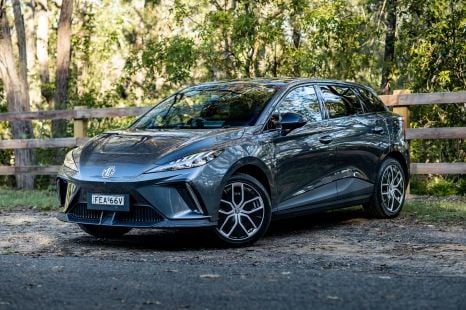

Matt Campbell
2025 MG 4 Long Range 77 Review
4 Months Ago

News Editor
Kia has revealed its first vehicle on a dedicated all-electric platform.
The 2022 Kia EV6 will use Hyundai Motor Group’s new E-GMP architecture that underpins the previously revealed Ioniq 5.
Kia has yet to reveal technical specifications, though the EV6 will debut later this month.
It debuts the new “Opposites United” design language for the Kia brand, as well as a new naming structure for Kia’s electric vehicles.
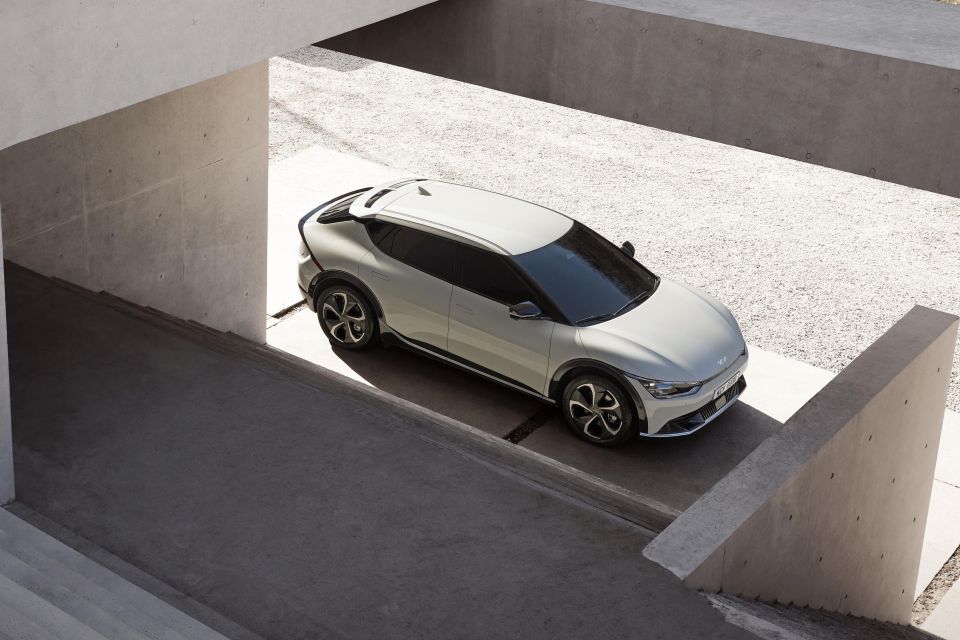
It has a sleek crossover silhouette, with a rakish roof and gently curving sides.
Perhaps the most dramatic design element are the side sills, which kink upward and are met on the other side of the rear wheel arches by a full-width light bar. The rear also has a swept back window.
Kia says the EV6 wears a Digital Tiger Face up front, an electric version of Kia’s existing Tiger Nose grille.

The design was a collaborative effort between designers in Korea, Germany, and the US.
The EV6 has a straightforward yet modern dash design which includes a curved touchscreen for the infotainment system. This sits in a bezel connecting with the digital instrument cluster.
Below the touchscreen sits a row of touch-capacitive switchgear, while the seats are upholstered in fabric created using recycled plastics.
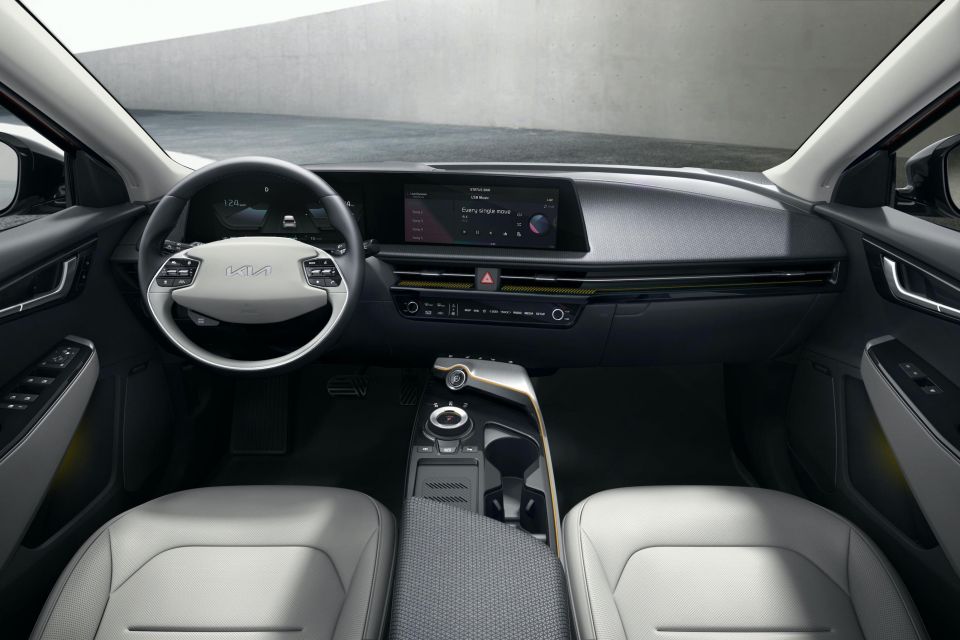
Europe and North America will be the first markets for the EV6, though Kia Australia is working to get the EV6.
Kia has previously said it wants to launch seven all-electric vehicles by 2027.
Teased as a part of the brand’s relaunch earlier this year, the range will also include a slinky sedan, a compact coupe, and possibly a light hatchback.
We expect the EV6 will be sized similarly to the mid-sized Sportage SUV.

In the related Ioniq 5 from Hyundai, the standard range model has a 58kWh battery pack and a single electric motor with 135kW of power and 350Nm of torque, good for an 8.5-second run to 100km/h.
The dual-motor all-wheel drive Ioniq 5 ups those outputs to 173kW and 605Nm, and drops the 100km/h sprint to an i30 N-rivalling 6.1 seconds.
Opting for the longer-range 72.6kWh battery gets you 160kW and 350Nm in rear-wheel drive models, and 225kW and 605Nm with a 5.1 second 0-100km/h time from the dual-motor setup.
Maximum range (in the long-range, single-motor model) is 480km on the WLTP test cycle, while the Ioniq 5 supports 800V fast charging when plugged into a DC public fast charger.
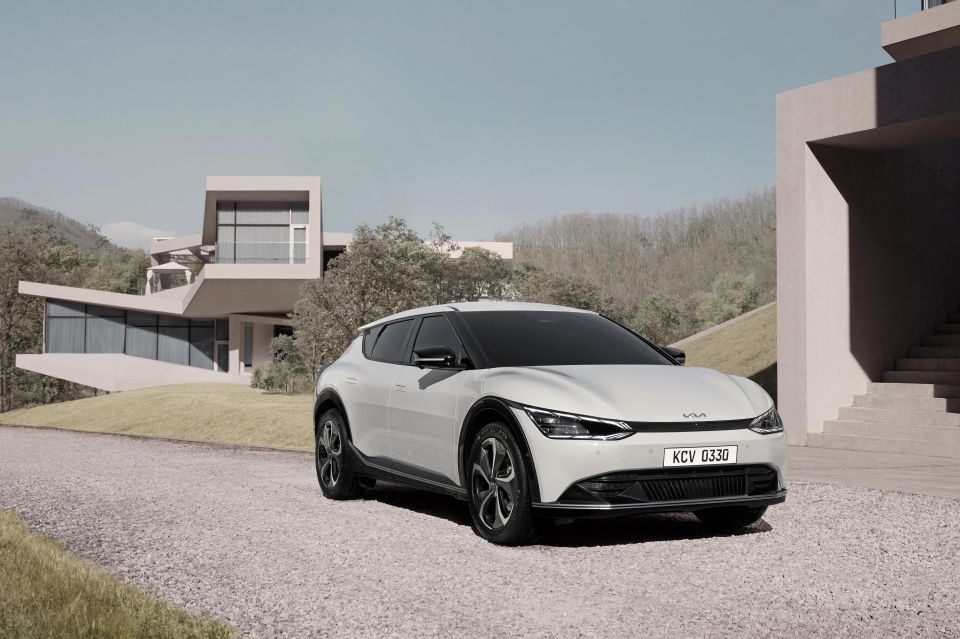
Kia has offered electric vehicles before, including the e-Soul and e-Niro, but these are electric versions of existing internal combustion engine vehicles.
Kia will also finally bring its Niro range to Australia this year.
Like its Hyundai Ioniq cousin, it’ll offer a choice of hybrid, plug-in hybrid and all-electric powertrains.
The company says it’ll be available to order from the second quarter of this year.
Where expert car reviews meet expert car buying – CarExpert gives you trusted advice, personalised service and real savings on your next new car.
William Stopford is an automotive journalist based in Brisbane, Australia. William is a Business/Journalism graduate from the Queensland University of Technology who loves to travel, briefly lived in the US, and has a particular interest in the American car industry.


Matt Campbell
4 Months Ago
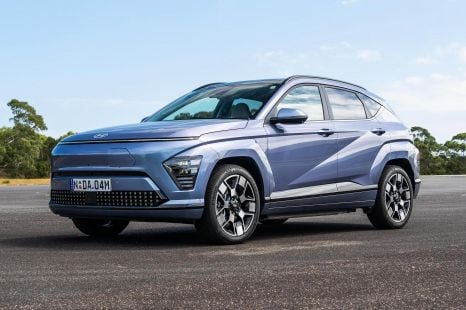

Scott Collie
4 Months Ago
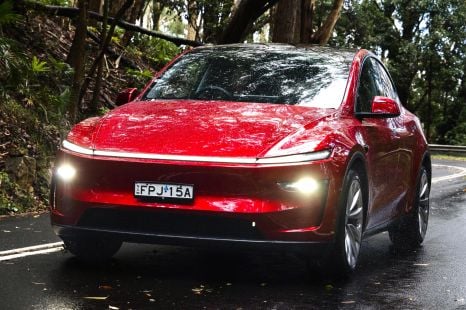

Max Davies
4 Months Ago
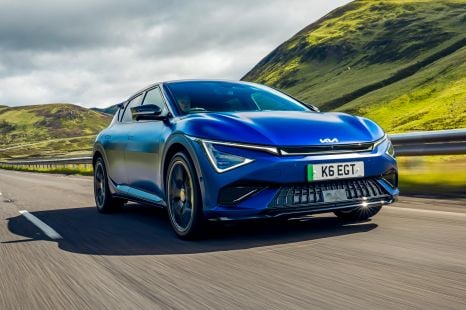

Matt Robinson
2 Months Ago
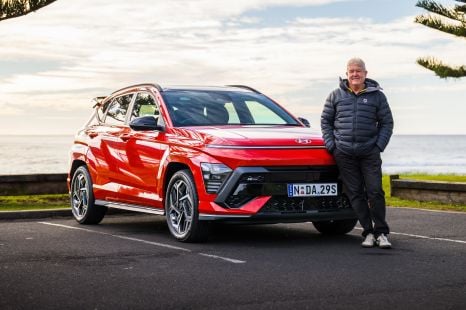

Anthony Crawford
2 Months Ago
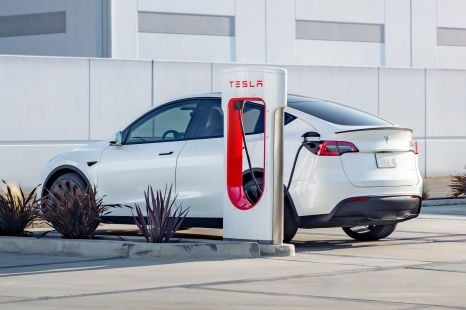

Damion Smy
15 Days Ago